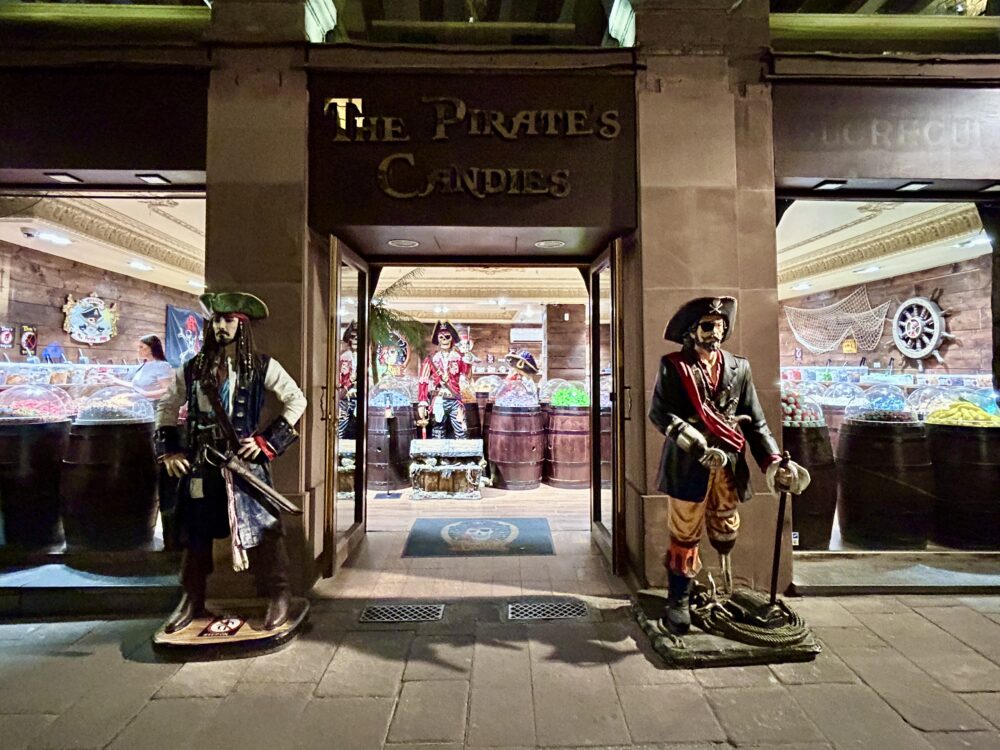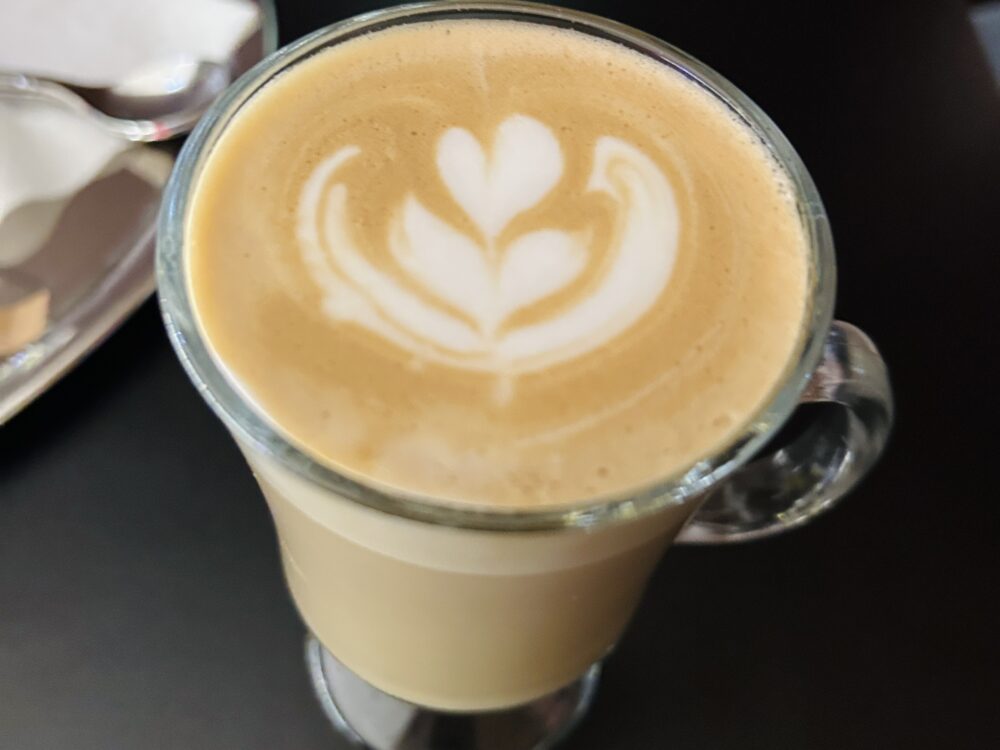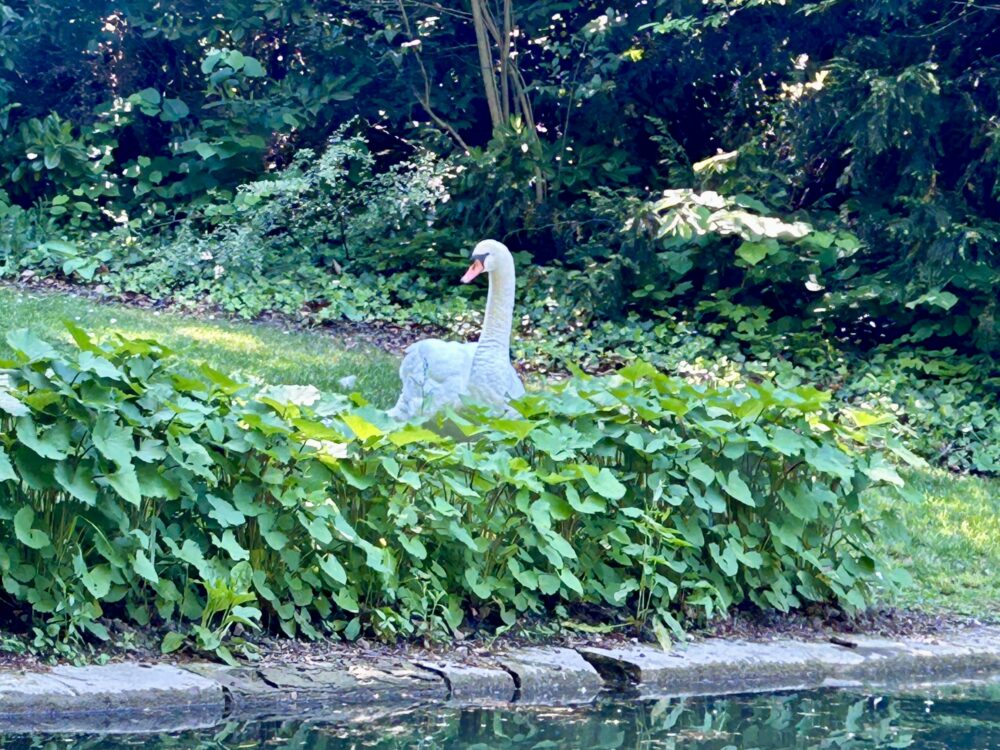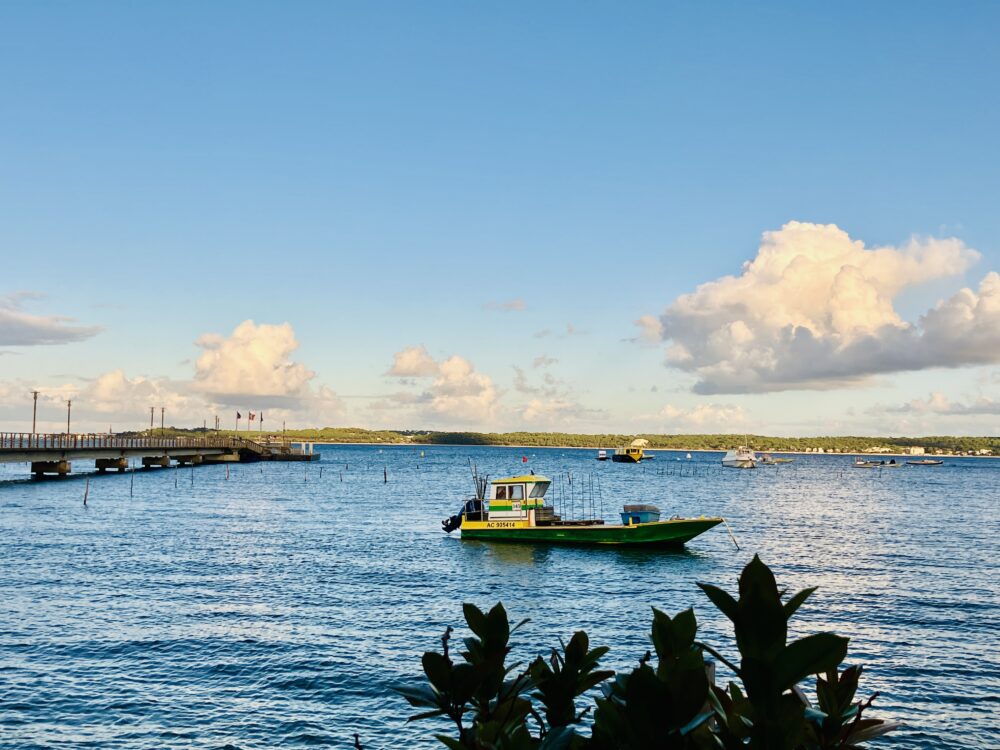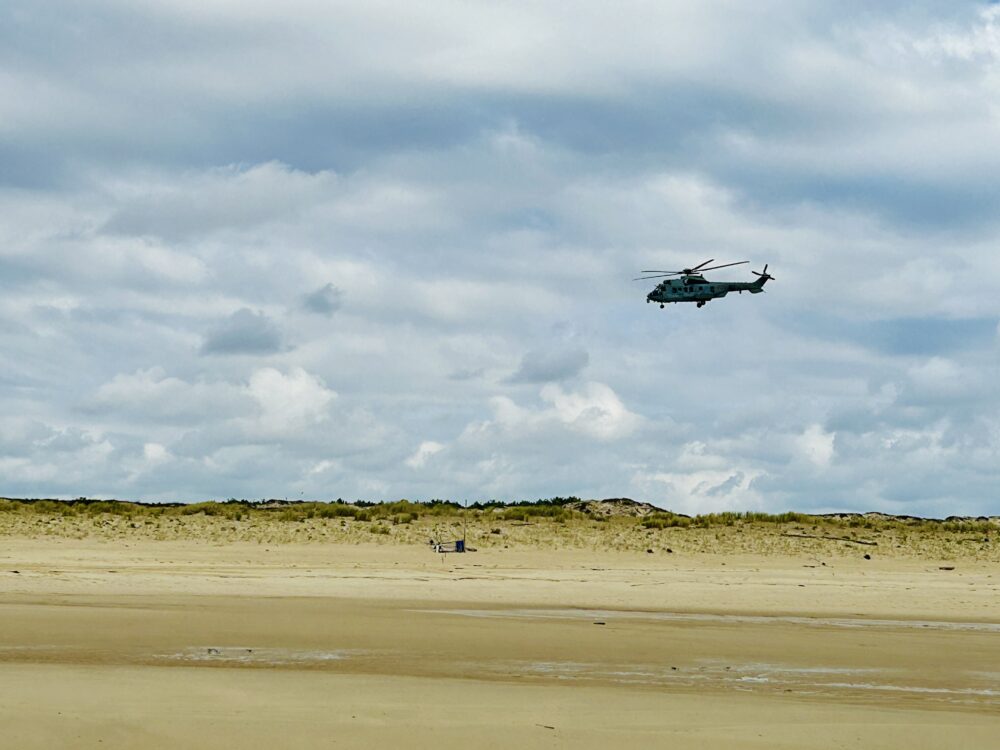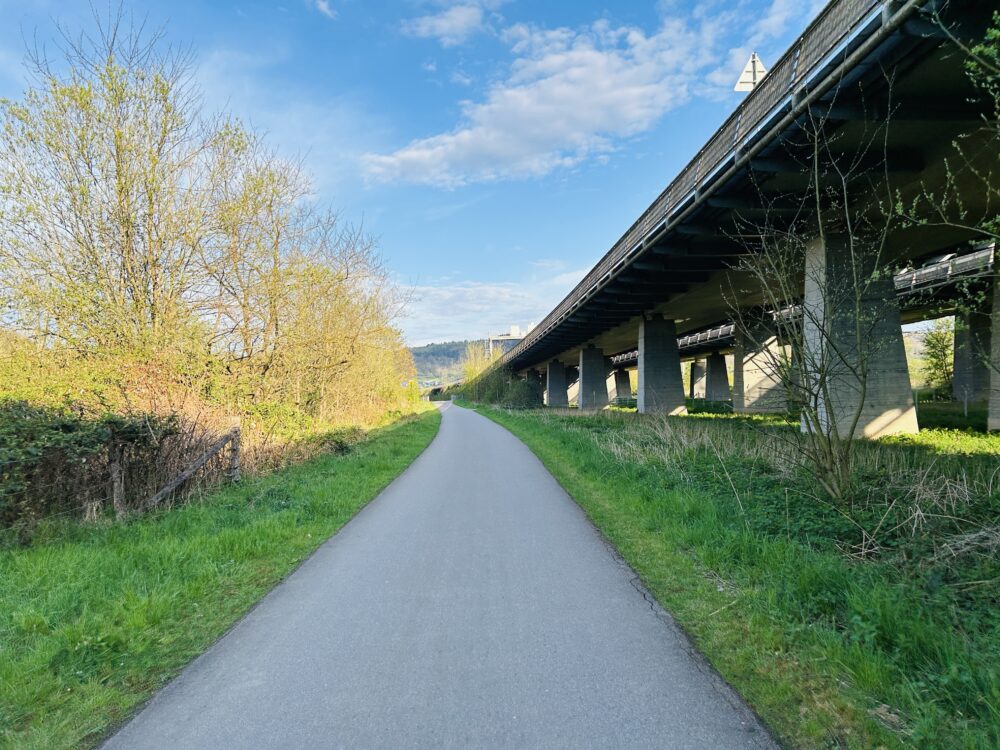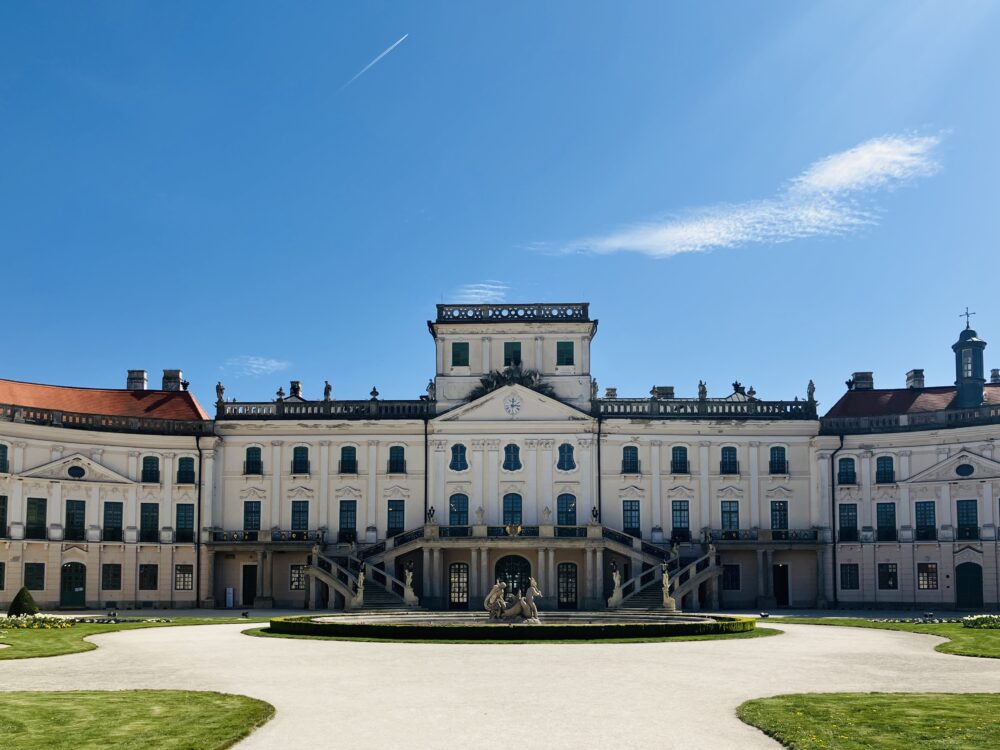The Traditional Madeiran Triangle House
Nestled amidst the lush landscapes of Madeira, the traditional Madeiran triangle house serves as a window into the past, offering a glimpse of life as it was in bygone eras. These charming homes, characterised by their distinctive triangular shape, were once a common sight across the island.
In the interior of a reconstructed Madeiran house, one finds a rustic yet functional environment. Metal beds line the small rooms, signifying the modest yet practical approach to daily living. A sewing machine stands as a token of the self-sufficiency that was necessary for survival in the remote island setting. These homes were more than mere shelters; they were centres of family life and industry, providing comfort and security in simpler times.
Isolation and Discovery
Madeira’s geographical isolation has always played a pivotal role in shaping its history and culture. Located in the North Atlantic Ocean, the island was discovered in 1419 by Portuguese explorers João Gonçalves Zarco and Tristão Vaz Teixeira. Its remote location made it a strategic outpost for Portugal, establishing a new chapter in the Atlantic exploration era.
The arrival of settlers was gradual, with the first communities forming in the 1420s. These pioneers faced the challenges of an uncharted land, cultivating the soil and harnessing the ocean’s bounty to sustain their settlements. The isolation of Madeira, while a hurdle in some respects, also protected the island from foreign influences, allowing its unique culture and traditions to flourish relatively undisturbed.
Agriculture and Fishing: The Lifeblood of the Island
The early settlers of Madeira turned to the land and sea to carve out their livelihoods. The island’s fertile volcanic soil proved perfect for agriculture, with sugar cane quickly becoming a lucrative crop. This initial agricultural success led to Madeira earning the nickname “Island of Sugar,” and it played a significant role in the island’s economic development.
Fishing complemented agriculture as a vital industry, providing a steady source of food and trade goods. The abundant waters surrounding Madeira were teeming with fish, offering sustenance and economic opportunity to the island’s residents.
A Legacy Preserved
Today, the traditional Madeiran triangle house stands as a symbol of the island’s rich history and enduring spirit. While modern advancements have altered the way of life on Madeira, these structures remind us of a time when life was shaped by the natural elements and the ingenuity of those who called the island home.
#Madeira #TraditionalHomes #IslandLife #CulturalHeritage #HistoricalLiving




